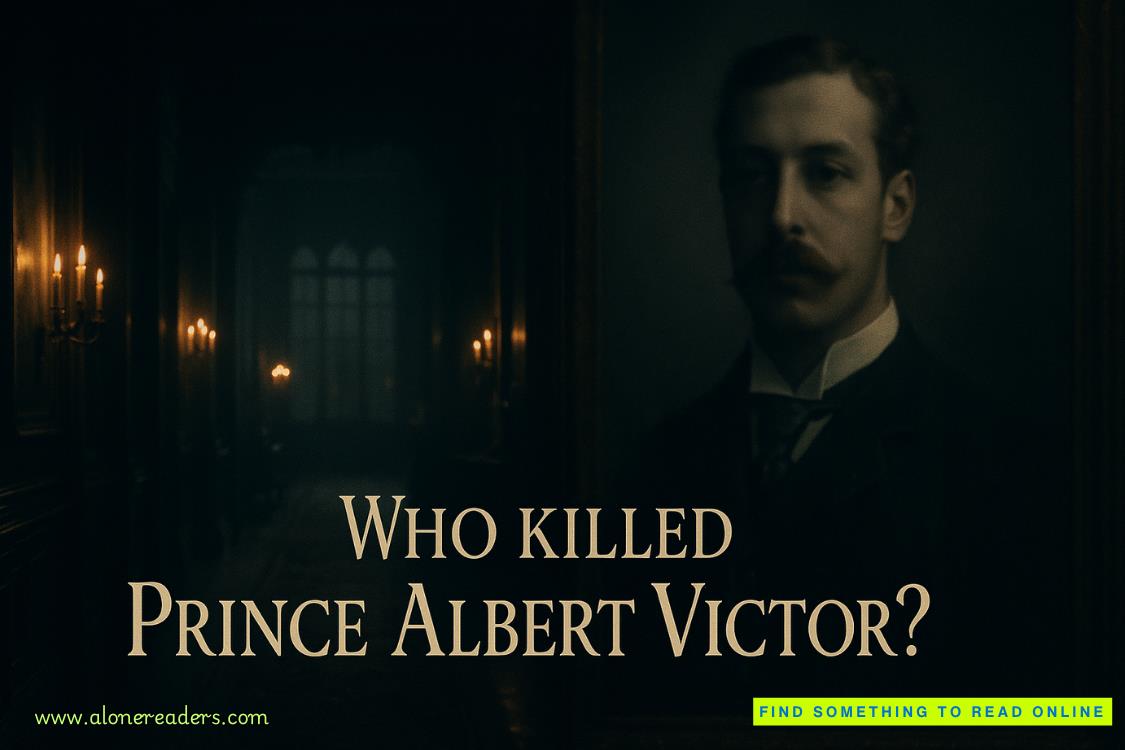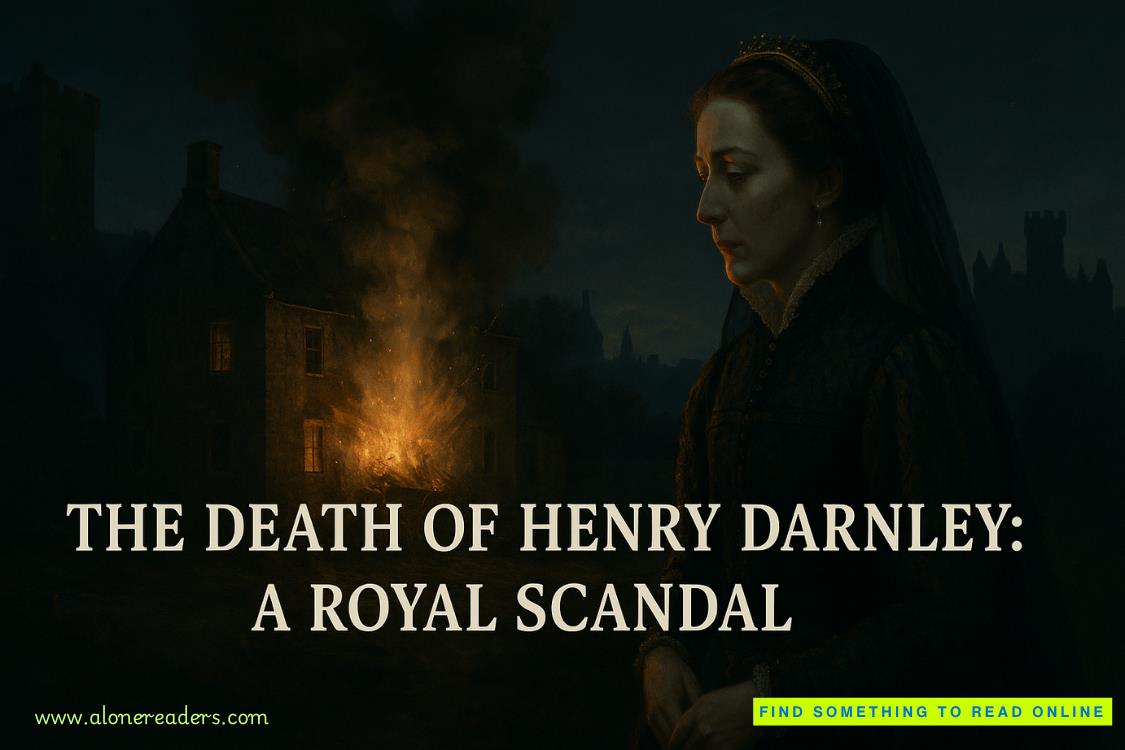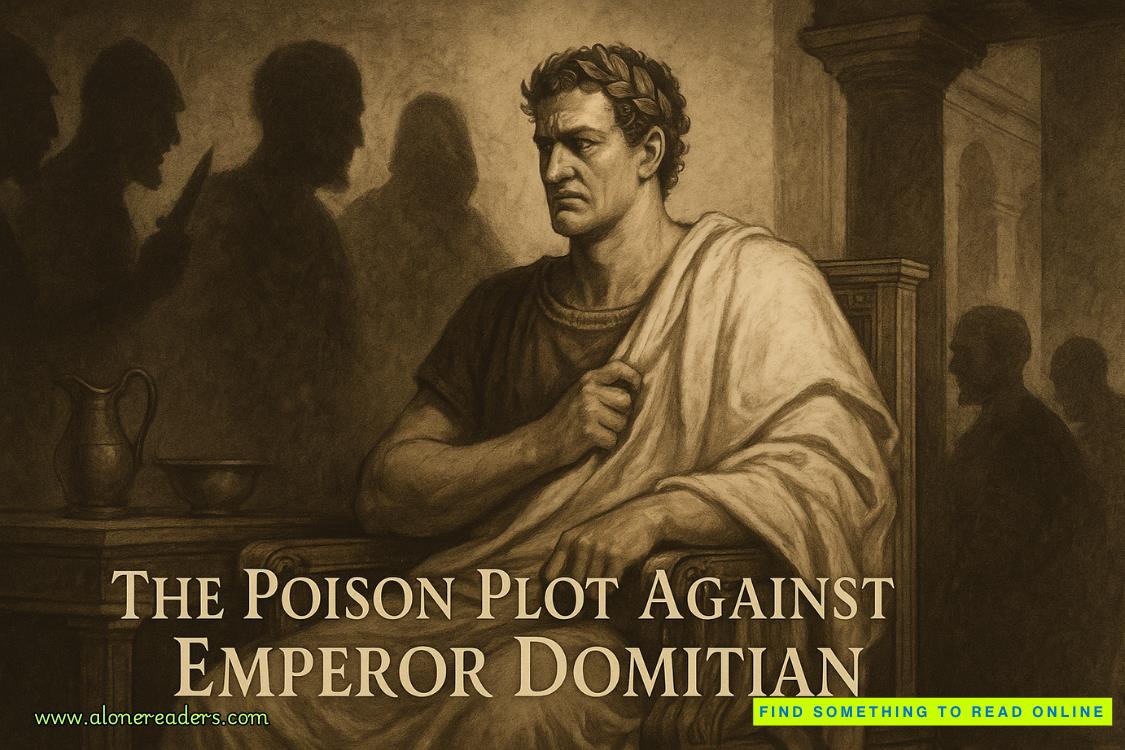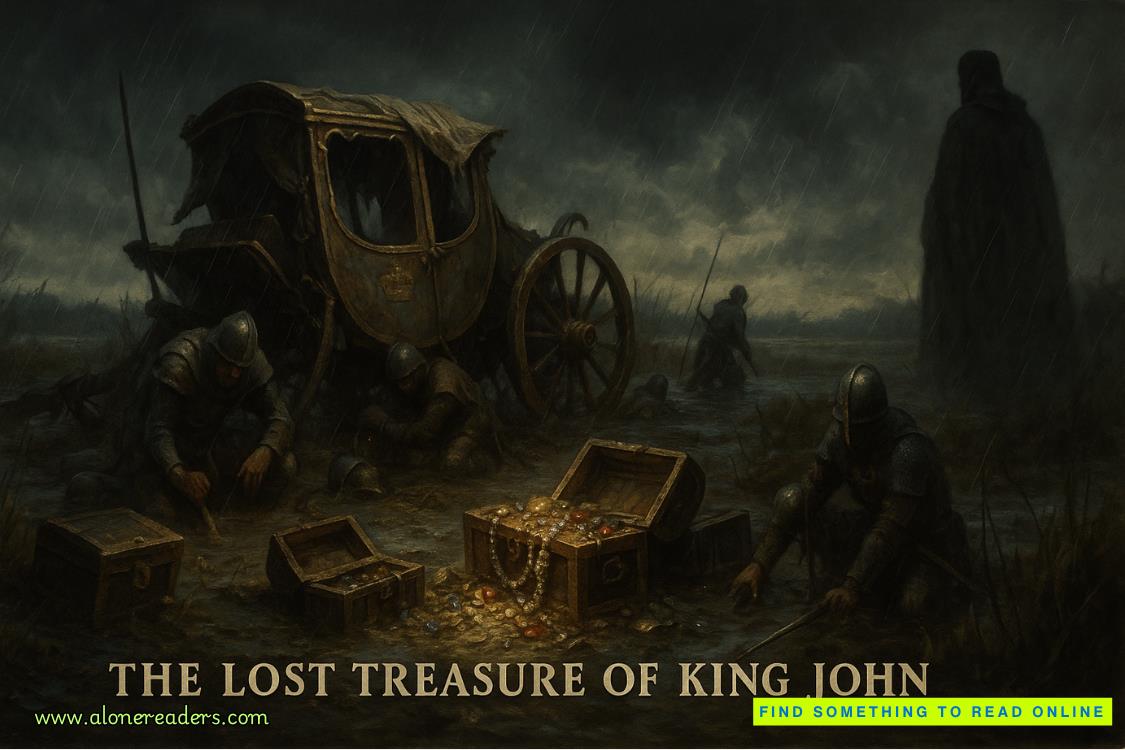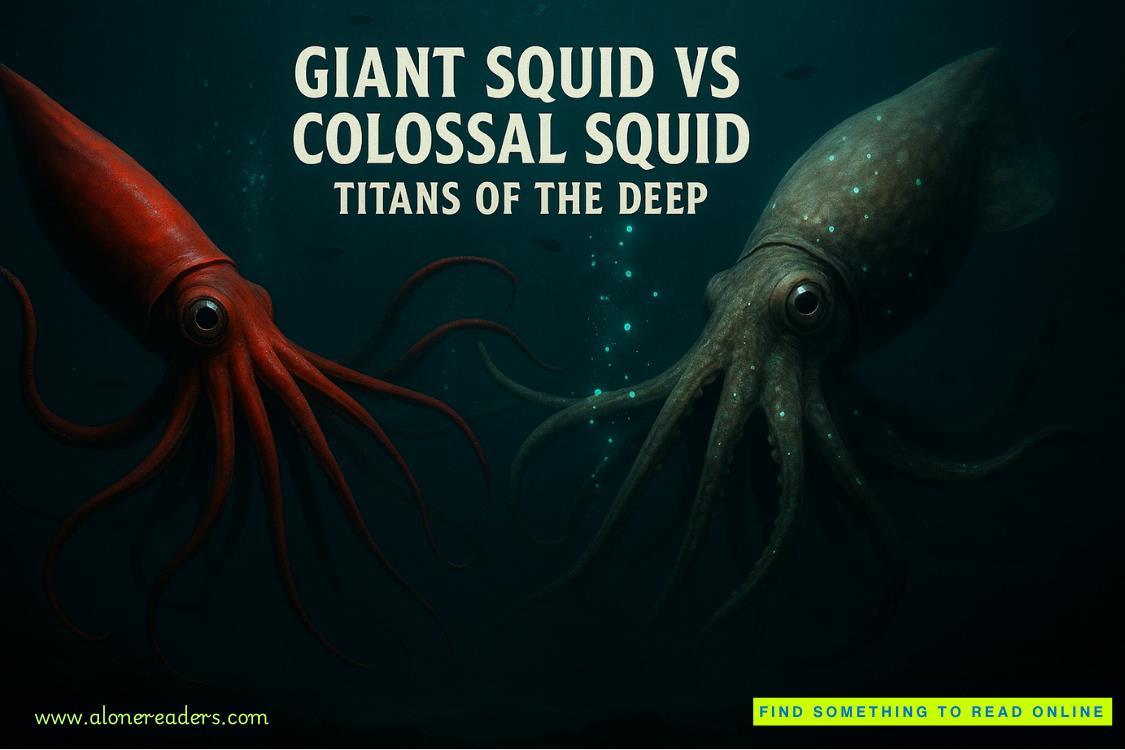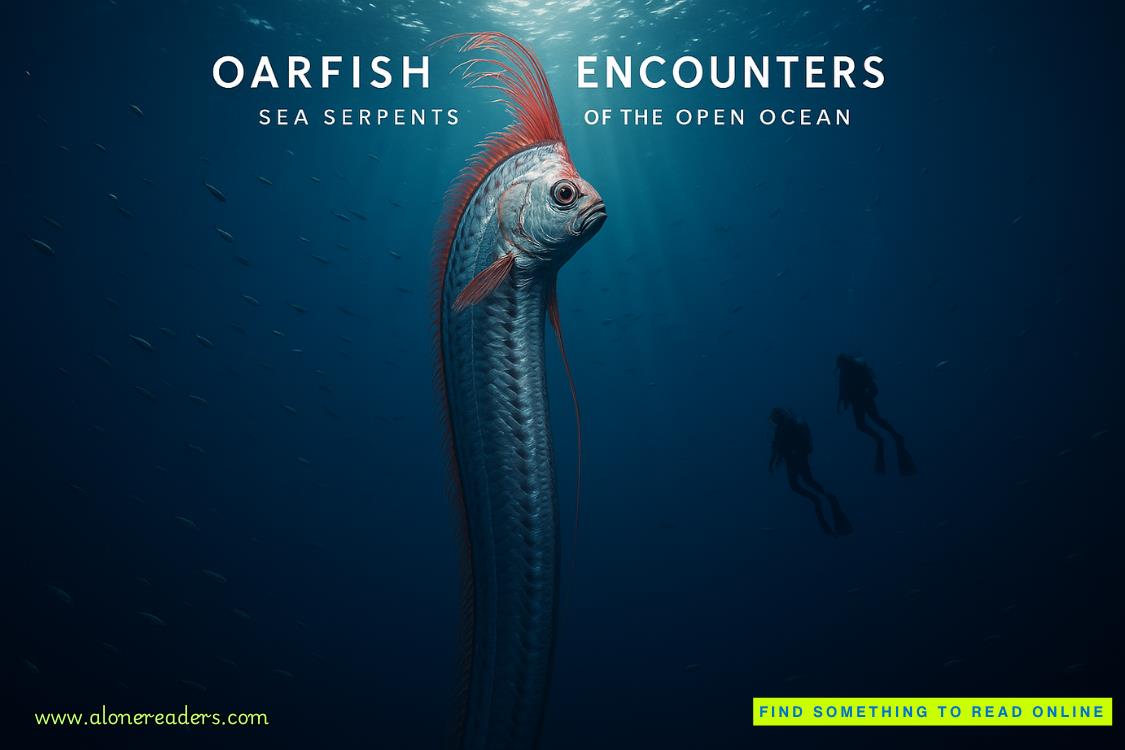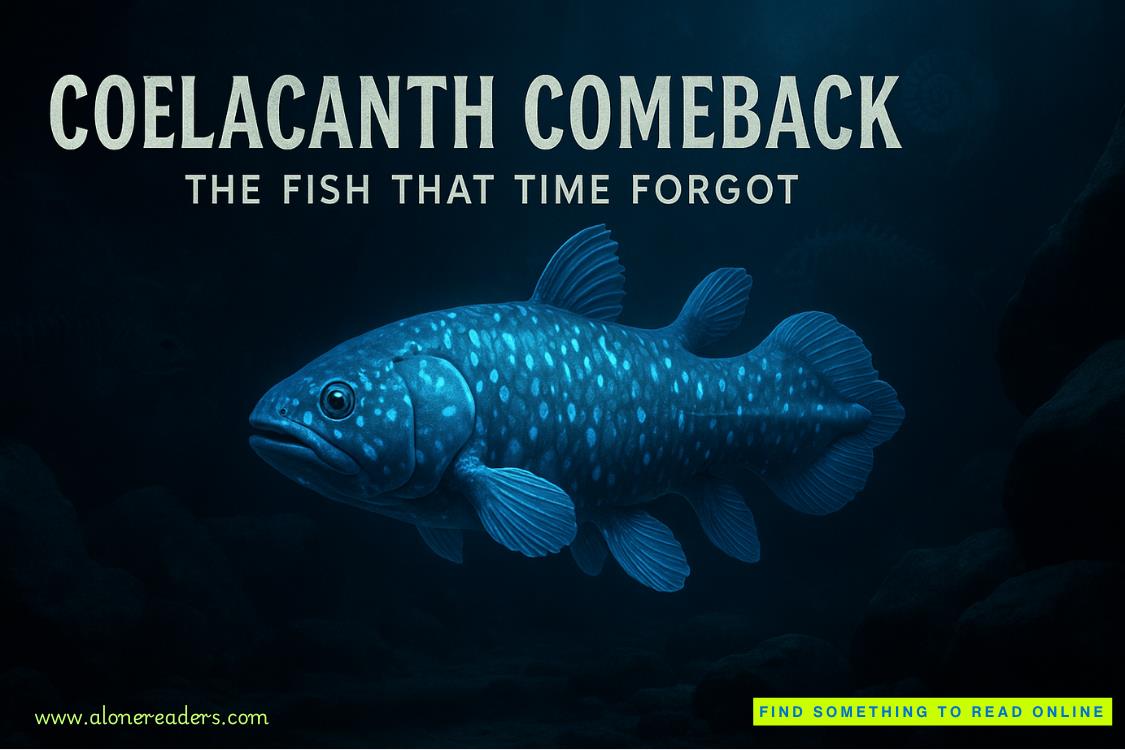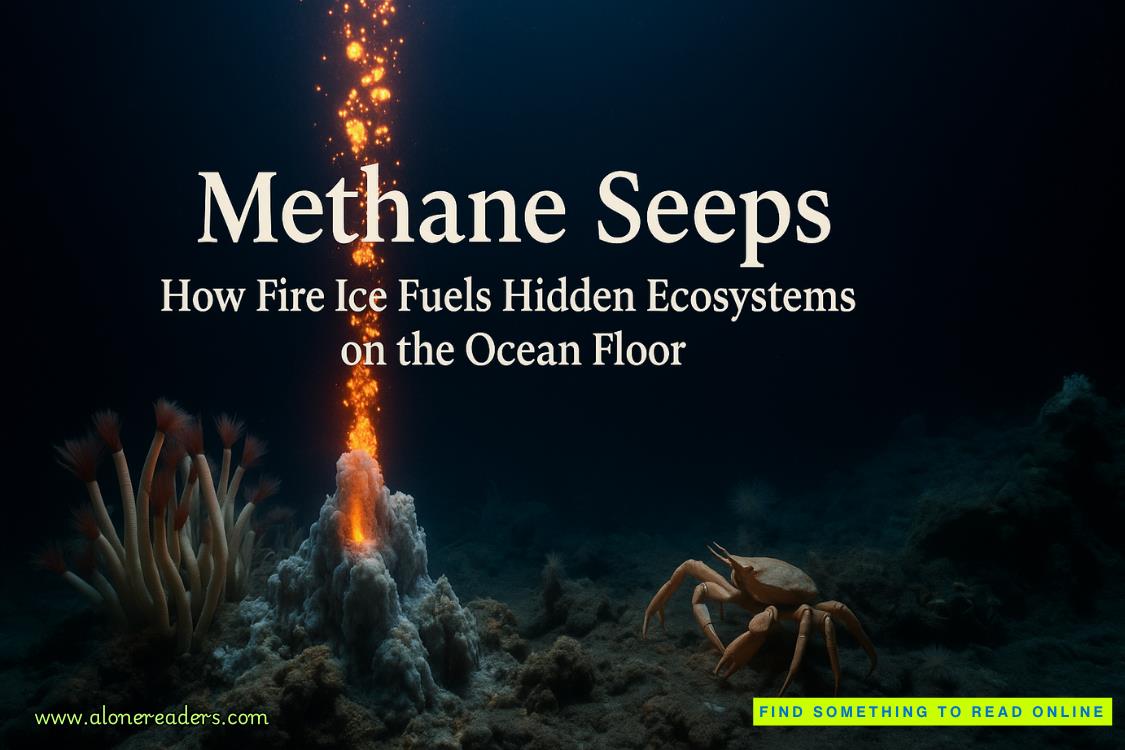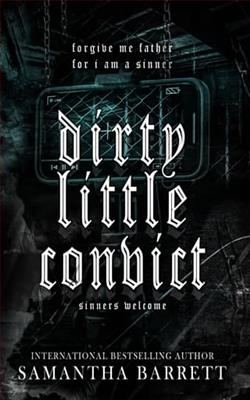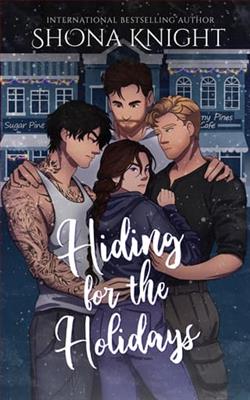Page 62 of The Devil Colony (Sigma Force 7)
He scanned the writing.
“French,” he said.
He turned to the first page, where a set of initials was floridly etched.
“A.F.,” he read aloud, and stared up at Seichan.
They both knew those initials, the author of this journal.
Archard Fortescue.
Chapter 23
May 31, 10:12 A.M.
Flagstaff, Arizona
“Shouldn’t be much farther,” Hank Kanosh said from the backseat.
Lost in thought, Painter stared out the window at the passing scenery of the high desert. The midday sun had beat the landscape into shades of crimson and gold, broken by patches of sagebrush and stands of prickly yucca trees.
Kowalski sped along Highway 89. They were headed northeast out of Flagstaff, having landed in Arizona only fifteen minutes ago after a short hop in a private charter from an airfield outside of Price, Utah. Their destination—Sunset Crater National Park—lay forty minutes from the city.
“We’re looking for Fire Road 545,” Hank said. The professor’s dog sat at the other end of the SUV’s bench seat, his nose glued to the glass after he’d spotted a wild hare bounding away from the highway. The dog was now on high alert. “The fire road’s a thirty-five-mile loop off the highway that passes through the park and a slew of ancient Pueblo ruins. Nancy Tso will meet us at the visitors’ center near the park’s entrance.”
Their contact, Nancy Tso, was a Navajo woman, but also a National Park Service ranger. Earlier, Hank had made a few discreet calls, channeling through his contacts, and discovered the names of those who knew the region the best. On the flight here, Painter had read up as well as he could about the area. They all had. Kat had sent reams of information from D.C., but Painter preferred firsthand knowledge. The plan was to interview the guide, to see what they could learn.
Still, Painter had a hard time focusing. He had heard from Kat about the events in Iceland, listened to radio reports as news coverage of the volcanic eruptions spread. The entire archipelago south of Iceland’s main coast was steaming and quaking. In addition to the one on the island, two submarine volcanoes had begun to boil the seas, spewing lava along the seabed and building steadily higher.
A giant volcanic plume was headed for Europe. Airports were already grounding planes. Gray, though, had gotten out ahead of it. He was already in the air, winging his way back to Washington with the prize in hand: an old journal belonging to the French scientist Archard Fortescue.
But would it shed any light on their predicament?
“There’s the exit,” Hank said, leaning forward and pointing.
“I see it,” Kowalski said sourly. “I’m not blind.”
Hank slipped back into his seat. They were all getting testy from lack of sleep. Silence settled over the vehicle as they took the exit off the highway and drove onto a two-lane road. There was no mistaking their destination as they continued the last few miles.
Sunset Crater appeared ahead of them. The thousand-foot-tall cinder cone rose above islands of pine and aspen. The cratered mountain was the youngest and least eroded cinder cone of the San Francisco volcanic fields. Over six hundred volcanoes of different shapes and sizes spread outward from here, most of them dormant, but beneath this chunk of the Colorado Plateau, magma still simmered close to the surface.
As they drove, Painter imagined the earthquakes and lava bombs that must have shaken the region a thousand years ago. He pictured the storm of flaming cinders and swirling clouds of burning ash, setting fire to the world, turning day to night. In the end, the ash field covered eight hundred square miles.
As they drew closer, the singular feature of this cratered mountain—in fact, the reason it had earned its name—became apparent. In the sunlight, the crown of the cone glowed a ruddy crimson, streaked and pooled with splashes of brilliant yellow, purple, and emerald, as if the view of the crater were forever frozen at sunset. But Painter had read enough to know there was nothing magical about this effect. The coloring came from a violent spewing of red oxidized iron and sulfur scoria that had settled around the cone’s summit during its last eruption.
From the backseat, Hank offered a less geological viewpoint. “I’ve been reading the Hopi legends about this place. This was a sacred mountain to the Indians of this region. They believed angry gods once destroyed an evil people here with fire and molten rock.”
“That doesn’t sound like a legend,” Painter said. “It pretty much matches the story told by Jordan’s grandfather—and for that matter, even the history of the place. The volcano erupted here around 1064 AD, about the same time that the Anasazi vanished.”
“True. But what I find most interesting is that the same Hopi legend goes on to warn that the people who died here are still here, that they remain as spiritual guardians of the place. Which, of course, makes me wonder what still needs guarding here.”
Painter stared at the red cone, pondering the same mystery. Jordan Appawora’s grandfather had hinted that something lay hidden here, something that could shed light on the ancient people, the Tawtsee’untsaw Pootseev—Hank’s mythical lost tribe of Israelites.
Kowalski pointed ahead as they passed through the gates of the national park. “Is that our lady?”
Painter sat straighter. A slim young woman climbed out of a white Jeep Cherokee equipped with a blue light bar on top. She wore a starched gray shirt with a badge affixed to it, along with green slacks, black boots, and a matching service belt, including a holstered sidearm. As she stepped clear of the vehicle, she pulled on a broad-brimmed campaign hat and crossed toward the passenger side of their vehicle once it came to a stop.
Kowalski let out a low whistle of appreciation.
“I don’t think your girlfriend back in D.C. would approve of that,” Painter warned.
“We got an agreement. I’m allowed to look, just not touch.”
Painter should have scolded him for his behavior, but in the end he couldn’t disagree with the man’s assessment of the park ranger. Still, as striking as the ranger was, she didn’t hold a candle to Lisa. He had spoken to his girlfriend an hour ago, assuring her that everything was okay. She had hurried to Sigma command, joining Kat as this situation escalated.
As the park ranger reached their car, Painter rolled down his window. She leaned toward his door. Her skin was a coppery mocha, her eyes a dark caramel, framed by long black hair done up in a braid down her back.
“Ranger Tso?” he asked.
She checked the front and back seats. “You’re the historians?” Her voice was rife with skepticism as she eyed Painter and Kowalski.
